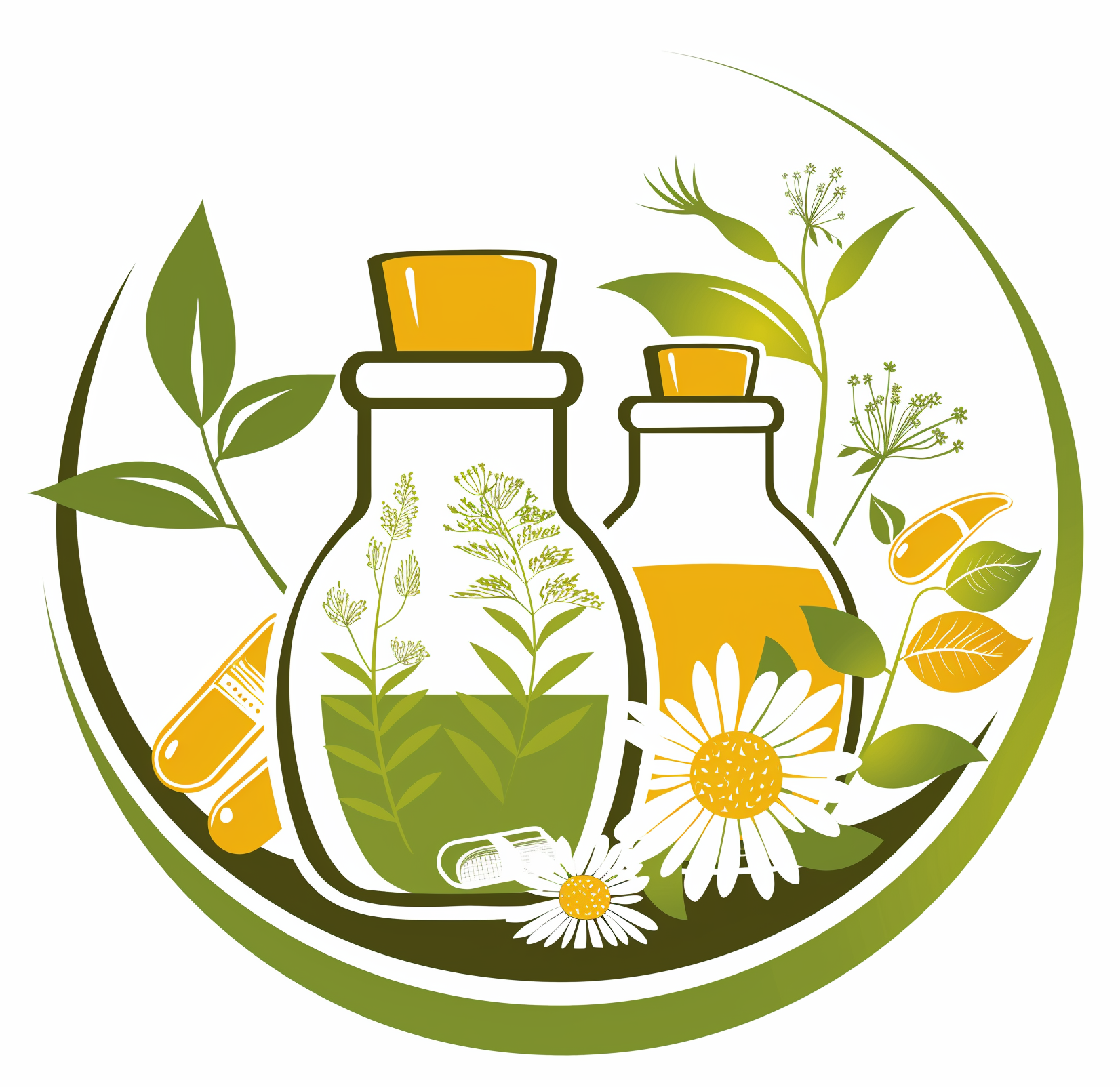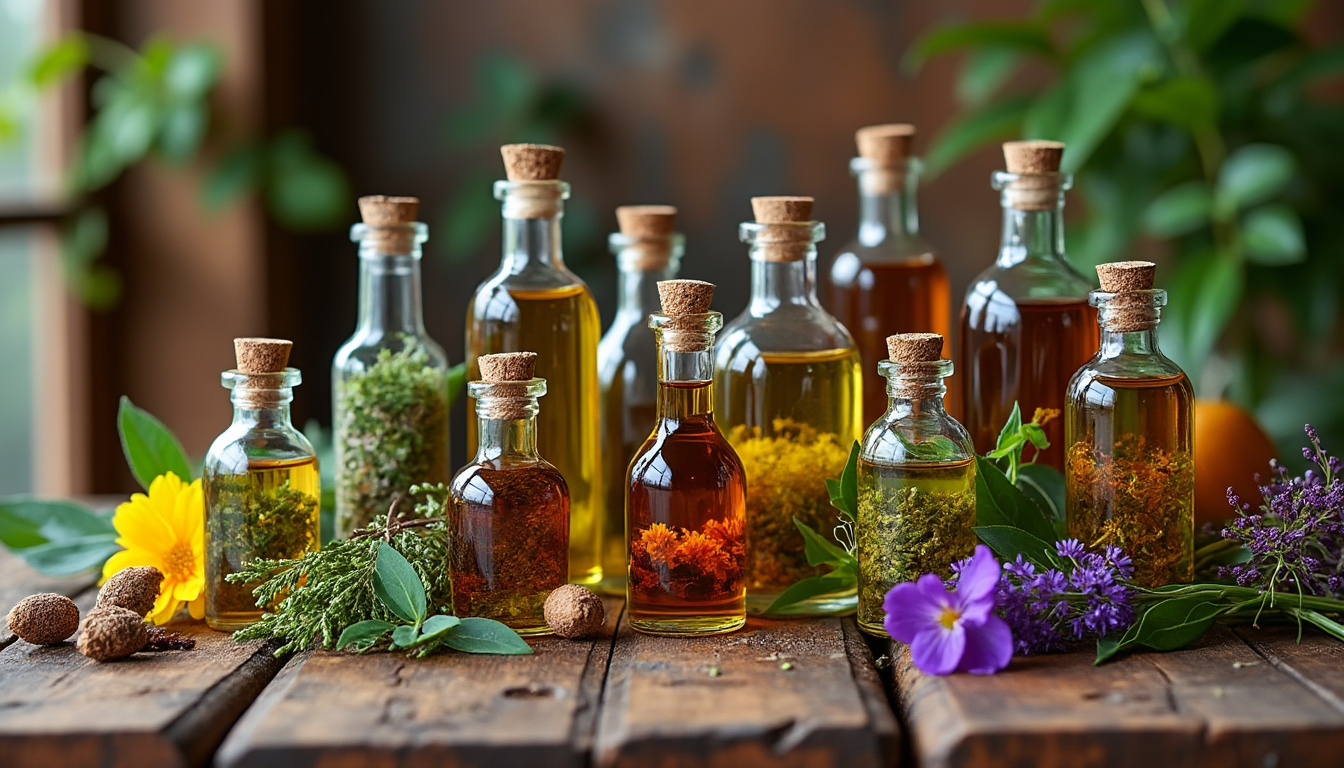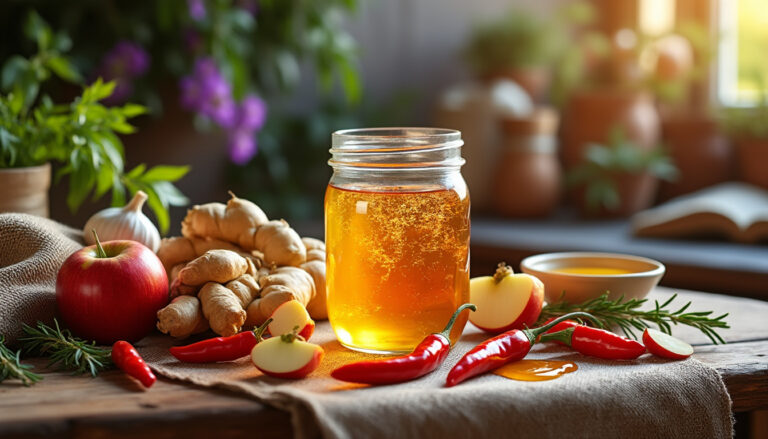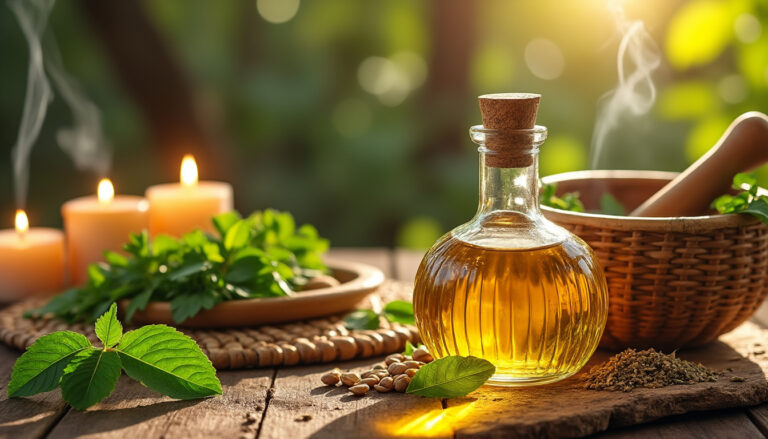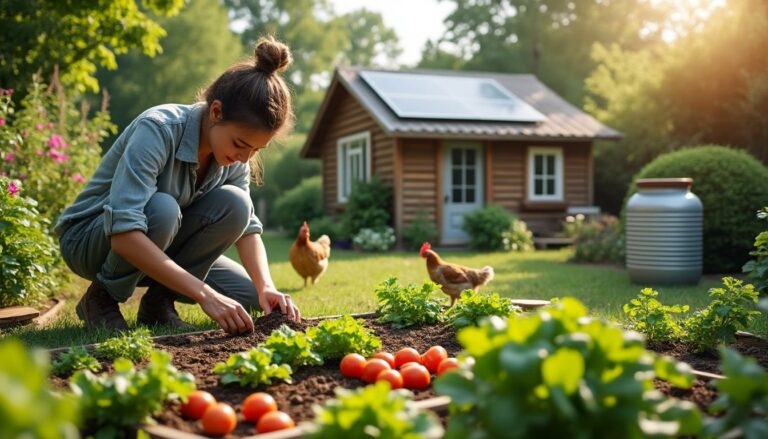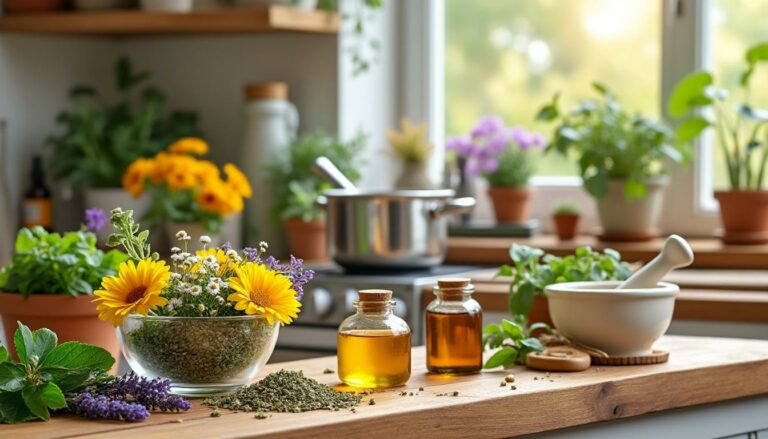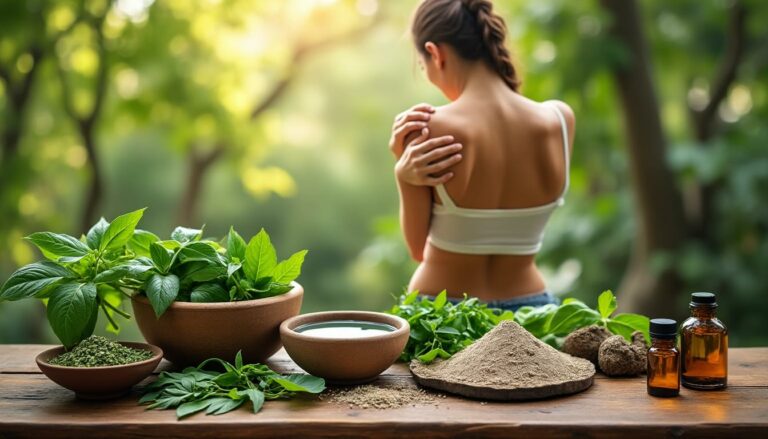What is a tincture? Exploring its uses and benefits
Herbal medicine has seen a remarkable resurgence, with more individuals seeking tools to reclaim their health naturally. Yet, traditional remedies can seem confusing at first glance, especially when you’re deciding which preparation to try. You might have noticed the term tincture on the shelves of your local Herbal Apothecary or in a guide from brands like Gaia Herbs and wondered: what exactly is this potent liquid, and how might it fit into your daily wellness?
Navigating the sea of modern information alongside ancient wisdom can feel overwhelming. With countless options—teas, capsules, powders—knowing what truly delivers rapid, gentle, and sustainable results can be tricky, especially if you want remedies that fit a minimalist, busy, or off-grid way of life. Plus, uncertainty around dosage, safety, or even how to make your own may leave you missing out on one of the easiest, most effective ways to support your health.
Here’s a practical, straightforward guide: discover what a tincture is, when and how to use it, and the ways these time-honored extracts can help you build your home apothecary with confidence. Whether you source herbs from Oregon’s Wild Harvest, Bella Botanicals, or wildcraft them in your own backyard, understanding tinctures will empower you to act—one drop at a time.
Understanding Herbal Tinctures: Definition and Core Principles
Let’s break this down in simple terms: a tincture is a concentrated liquid extract of a plant, created by soaking herbs in a strong liquid (like alcohol, vinegar, or glycerine) to draw out their active compounds. This process preserves the full herbal power in a portable, easily dosed bottle. Unlike teas, tinctures capture more of the plant’s essential elements, making them incredibly efficient for daily wellness routines.
- 🌱 Quick absorption: Enter your system faster than teas or capsules
- 💧 Small dose, big effect: Only a few drops needed per use
- 🧳 Portable and easy to store: Perfect for on-the-go lifestyles
- 🗓️ Long shelf life: Can last years without spoiling
This isn’t just folk wisdom—science backs this up too. Studies have shown that tinctures maximize the preservation of active plant compounds. Curious about how plants like Oregon wild herbs or wildflower botanicals are used in tinctures? Explore more in our guides to traditional medicinal plants and herbal benefits.
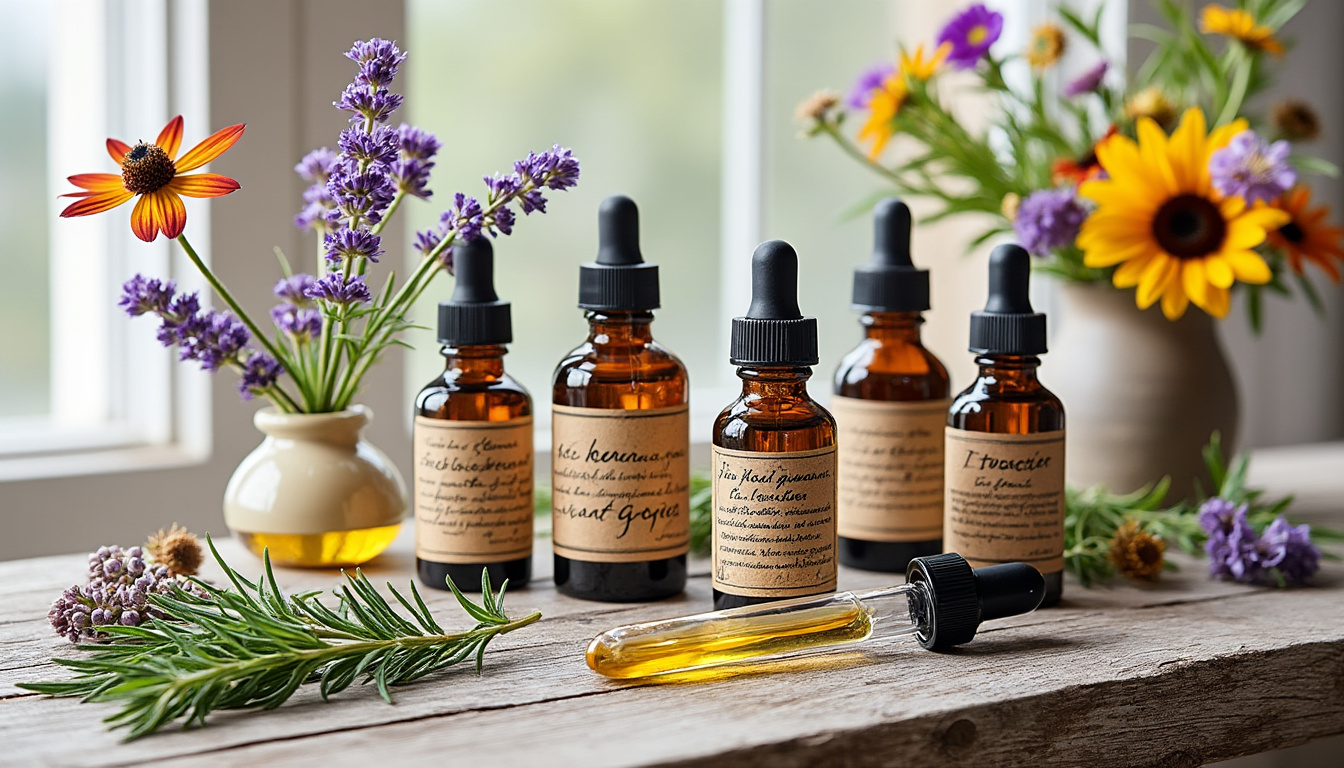
| Solvent Base | Best For | Example Brands | Benefits 🪴 |
|---|---|---|---|
| Alcohol | General extracts, rapid absorption | Herb Pharm, Gaia Herbs | Long shelf life, potent results |
| Vinegar | Mineral-rich herbs, culinary & tonics | The Alchemist’s Kitchen | Mild on stomach, supports digestion |
| Glycerine | Children, alcohol-sensitive users | Sundrug, Bella Botanicals | Sweet taste, gentle extraction |
| Oil | Topical, skin support | Mountain Rose Herbs | Fat-soluble compounds, soothing |
Why Choose a Tincture Over Other Herbal Forms?
Many natural wellness seekers turn to tinctures because they combine tradition with convenience. Here’s what this means in practice:
- ⏳ Faster effects: Drops under the tongue absorb rapidly for quick support
- 🏕️ Storage: Unlike teas or fresh plants, tinctures can withstand travel and time
- 📏 Precision: Easy to measure, track, and adjust your dose
- 🚸 Customizable: Mix and match herbs, or make alcohol-free for kids
If you’re exploring herbalist medicine for the first time, tinctures give you flexibility and control unmatched by pills or powders. You can even target specific concerns by making blends at home or choosing trusted suppliers such as NutraBlast and Mountain Rose Herbs.
The Main Types of Tincture Bases and Their Benefits
Choosing the right base for your tincture affects both its flavor and therapeutic potential. Here’s how different liquids work as extractors:
- 🥃 Alcohol: Most effective and preserves widest range of plant chemistry—ideal for immune boosters and adaptogens
- 🍎 Vinegar: Great for extracting minerals and alkaloids, especially in culinary or tonic recipes
- 🧴 Glycerine: Sweet, non-alcoholic, perfect for gentle formulas or children’s blends
- 🥥 Oil: Excellent for topical solutions or herbal massages
If alcohol isn’t right for you or your family, look for vinegar or glycerine extracts from companies like The Alchemist’s Kitchen or Bella Botanicals. These have become increasingly popular in 2025 among urban herbalists and wellness minimalists.
| Type | Suitable For | Traditional Uses 🌾 |
|---|---|---|
| Alcohol Tincture | Adults, chronic conditions | Immune support, energy, stress relief |
| Vinegar Tincture | Kids, digestion, culinary | Mineral tonics, salad dressings |
| Glycerine Tincture | Sensitive users, pets | Sore throat syrup, calming blends |
| Oil Tincture | Skin and joint support | Massage oils, burn creams |
Customizing Your Tincture for Common Wellness Goals
Self-reliant families and off-grid adventurers often make or select tinctures based on health priorities. Here are targeted blends and their uses:
- 🧘 Anxiety & Grief Relief: Motherwort, Lemon Balm, Wild Rose—helps calm emotional distress
- 😴 Sleep & Relaxation: Lavender, Lemon Balm—promotes deeper rest and stress reduction
- 🙏 Immune Strength: Echinacea, Yarrow—boosts natural defenses, especially seasonally
- 🌬️ Respiratory Health: Mullein, Thyme—supports clear breathing and reduces mucus
- 🔄 Liver & Detox: Burdock, Chicory—encourages gentle detoxification
These herbs can be sourced from wild plants in your region or purchased from reputable brands like Oregon’s Wild Harvest or Herb Pharm.
Crafting Tinctures: Simple Steps for DIY Herbal Apothecary
If you’ve ever dreamed of stocking your kitchen with self-made remedies, tinctures are an empowering place to start. Here’s how you can start making your own at home, step by step:
- 🔎 Gather high-quality herbs—fresh or dried, focusing on trusted sources
- 🔪 Chop or crush to maximize surface area for extraction
- 🥃 Cover with chosen solvent in a glass jar (alcohol, vinegar, oil, or glycerine), filling it above the herbs
- 🕰️ Seal, label, and store in a dark place; shake occasionally
- ⏳ Let steep 3–6 weeks, then strain into amber glass bottles for longevity
Label your bottles with the herb, extraction date, and base—just like traditional herbalists in Appalachia or those at The Alchemist’s Kitchen. For guidance on herbalism or using local plants, browse our resources on traditional uses.
| Step | Key Tips 📝 | Common Mistakes to Avoid |
|---|---|---|
| Choosing Herbs | Organic, fresh, regionally appropriate | Using wilted or chemically treated plants |
| Extracting | Fully submerge plant in solvent | Under-filling, contamination |
| Steeping | Keep away from light, shake weekly | Forgetting or rushing process |
| Bottling | Sterile amber bottles, label clearly | Unclean tools, missing dates |
Safety and Proper Dosing of Herbal Tinctures
While tinctures are generally safe, always start with small doses, especially when giving to children, the elderly, or those with chronic health issues. Here’s a rule of thumb for dosing:
- 🧑 Adults: 1-2 dropperfuls (30-60 drops) up to three times daily
- 👶 Children: Count half their body weight in drops as a starting point
- 💪 For acute needs: Start small, then dose every 15–30 minutes as needed, up to three to four hours
- 🚫 Always check for herb-drug interactions or allergies
| Situation | Starting Dose 📋 | Frequency |
|---|---|---|
| Daily Wellness | 1 dropperful (approx. 30 drops) | 2–3x daily |
| Acute Support | ½ of usual dose | Every 15–30 min, up to 2 hours |
| Sensitive Users | ½ dropperful or less | Once, monitor response |
It’s wise to keep a record of your response to new tinctures, especially if you’re integrating herbs like those recommended by Gaia Herbs or Wildflower. Always consult with a qualified health practitioner if you have a medical condition or take prescription meds.
Popular Medicinal Herbs in Tinctures: Examples and Their Benefits
Some herbs appear more frequently in effective tincture blends due to their reliable action and broad safety margins:
- 💜 Lavender: Relieves stress, aids sleep, supports mood
- 🌼 Calendula: Soothes skin, supports wound healing, anti-inflammatory
- 🌿 Lemon Balm: Calms nerves, digestive aid, gentle sedative
- 🌵 Yarrow: Stops bleeding, reduces inflammation
- 🍃 Burdock: Liver support, detox, skin issues
- 🍂 Sage: Sore throat relief, oral health, cognitive support
- 🌲 Mullein: Expectorant for lungs, eases coughs
Many of these can be found growing wild—read more about healing wild herbs and how Native American tribes have used medicinal plants in our article here.
| Herb | Key Benefit 🍀 | Recommended For |
|---|---|---|
| Lavender | Calms nerves, improves rest | Stress, insomnia, anxiety |
| Yarrow | Stops bleeding, wound healing | First aid, women’s health |
| Lemon Balm | Soothes digestion, lifts mood | Nervous tummy, mild depression |
| Burdock | Liver detox, healthy skin | Acne, poor digestion |
Fitting Tinctures into Your Daily Routine
Tinctures work best when used consistently and mindfully—try adding a dropperful into your morning tea, using blends before sleep, or keeping an immune tincture handy for travel. Many families create a small home Herbal Apothecary using favorite brands like Sundrug or Herb Pharm to streamline daily wellness.
- 🌄 Morning: Adaptogen or immune tincture on waking
- 🌿 Midday: Digestive or anti-stress blend after lunch
- 🌙 Evening: Calming herbs such as lemon balm for restful sleep
Interested in more wild herbs you can forage for your apothecary? Check out this guide for inspiration and practical tips.
| Time of Day | Tincture Use 🌞 | Intended Outcome |
|---|---|---|
| Morning | Immune/adaptogen | Strong start, resilience |
| Afternoon | Digestive or anti-stress | Focus, mood balance |
| Evening | Sleep blend | Better rest, relaxation |
Frequently Asked Questions About Tinctures
- ❓ What’s the main difference between a tincture and a tea?
Tinctures are alcohol, vinegar, or glycerin-based extracts, providing a more concentrated dose of the plant’s compounds and lasting for years. Teas are water-based infusions, less potent with a shorter shelf life. - ❓ Can you make tinctures without alcohol?
Absolutely! Vinegar and glycerine make excellent alternatives for those avoiding alcohol. Glycerine is especially useful for kids’ blends or anyone sensitive to strong flavors. - ❓ How should tinctures be stored?
Store tinctures in dark glass bottles, in a cool, dark cupboard to preserve potency. Avoid direct sunlight and always label with preparation date. - ❓ Are tinctures safe for children and pets?
Many are, but always use child-safe botanicals and avoid alcohol bases, especially for toddlers. Start with small doses and consult a natural health practitioner familiar with children or animals. - ❓ How do I choose reputable tincture brands?
Look for clear labeling, organic or wildcrafted ingredients, and third-party reviews. Trusted names include Gaia Herbs, Mountain Rose Herbs, Oregon’s Wild Harvest, NutraBlast, Herb Pharm, and Sundrug.
Building your own Herbal Apothecary, starting with tinctures, is one of the most accessible steps you can take toward self-reliance and vibrant health. From crafting custom blends to selecting ready-made options from experienced herbalists, these liquid extracts bridge tradition with modern science—so you can thrive naturally, wherever you live.
